Heatwaves could turn parts of India and Pakistan uninhabitable by the end of the century
Sat 12 Aug 2017, 23:48:16
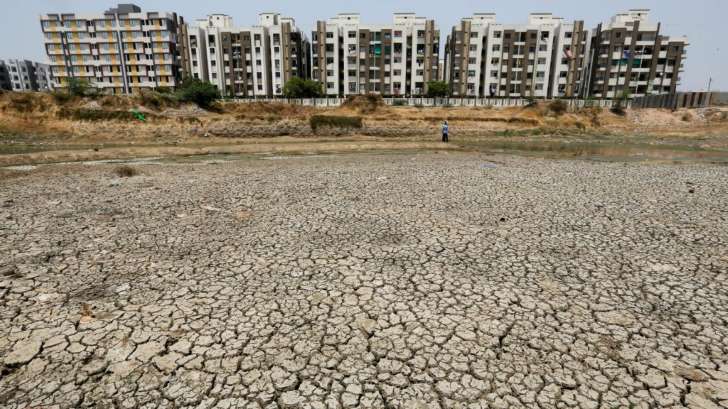
Catastrophic heatwaves triggered by climate change could render parts of south Asia uninhabitable by the end of the century, potentially upending the lives of millions of people across India, Bangladesh, Sri Lanka, and Pakistan.
Recent climate change simulations show that the wet-bulb temperature—a combined measure of humidity and temperature—in some parts of the region could exceed what humans can deal with. The human body cannot effectively cool itself beyond a wet-bulb temperature of 35 degree Celsius (°C), which is, therefore, considered the upper limit of survivability. But the research suggests that areas in the Chota Nagpur Plateau, northeastern India, and Bangladesh could breach that mark if greenhouse gas emissions continue to rise throughout the century, endangering approximately 4% of south Asia’s population by 2100.
Even a more optimistic projection, of emissions peaking around 2040 and subsequently declining, would mean that vast tracts of south Asia, including India’s Gangetic plains and the Indus Valley in Pakistan, will still remain dangerous for human habitation. Although wet-bulb temperature won’t exceed 35°C anywhere under these circumstances, around 55% of the region’s population could have to deal with more than 31°C, considered harmful for the human body.
“The geographical locations of the most extreme projected heatwaves in the Indus and Ganges river valleys coincide largely with locations of highly vulnerable human populations in terms of population density, gross domestic product per capita, and agricultural intensity,” scientists Elfatih Eltahir, Eun Soon Im, and Jeremy Pal wrote in a recent Science Advances journal article.
Moreover, the simulations indicate that the current 25-year maximum wet-bulb temperature
could repeat itself annually if greenhouse emissions continue unabated. And if these emissions max out by 2040 and then subside, the maximum temperature would repeat every two years. Already, heatwaves in India are proving deadly. In 2015, for instance, a severe heatwave killed at least 2,300 people across the country, with temperatures reaching 47.6°C.
“In the absence of serious mitigation, some of the most severe hazards associated with climate change will fall on some of the most vulnerable populations,” the article noted. “In poorer regions, such as south Asia, air conditioning is not currently available as a safe haven to most of the population, increasing the risk of illness and death related to extreme heat conditions.”
Last month, a study by University of California, Berkeley, researcher Tamma A Carleton estimated that 59,000 Indian farmers had committed suicide over the last three decades because rising temperatures had impacted crop yields. On days warmer than 20°C, even a 1°C increase in temperature could cause 67 additional suicides nationwide on an average, the study found.
“This analysis of India, where one fifth of the world’s suicides occur, demonstrates that the climate, particularly temperature, has strong influence over a growing suicide epidemic,” Carleton wrote in a paper (pdf) in the Proceedings of the National Academy of Sciences journal.
Driven by strong economic and population growth, India’s greenhouse gas emissions have steadily risen in recent decades, although the per capita emissions remain low. But if Asia’s third-largest economy continues on the same trajectory in its effort to lift millions out of poverty, these vulnerable populations also risk facing the worst impact of climate change and rising temperatures.
Recent climate change simulations show that the wet-bulb temperature—a combined measure of humidity and temperature—in some parts of the region could exceed what humans can deal with. The human body cannot effectively cool itself beyond a wet-bulb temperature of 35 degree Celsius (°C), which is, therefore, considered the upper limit of survivability. But the research suggests that areas in the Chota Nagpur Plateau, northeastern India, and Bangladesh could breach that mark if greenhouse gas emissions continue to rise throughout the century, endangering approximately 4% of south Asia’s population by 2100.
Even a more optimistic projection, of emissions peaking around 2040 and subsequently declining, would mean that vast tracts of south Asia, including India’s Gangetic plains and the Indus Valley in Pakistan, will still remain dangerous for human habitation. Although wet-bulb temperature won’t exceed 35°C anywhere under these circumstances, around 55% of the region’s population could have to deal with more than 31°C, considered harmful for the human body.
“The geographical locations of the most extreme projected heatwaves in the Indus and Ganges river valleys coincide largely with locations of highly vulnerable human populations in terms of population density, gross domestic product per capita, and agricultural intensity,” scientists Elfatih Eltahir, Eun Soon Im, and Jeremy Pal wrote in a recent Science Advances journal article.
Moreover, the simulations indicate that the current 25-year maximum wet-bulb temperature
could repeat itself annually if greenhouse emissions continue unabated. And if these emissions max out by 2040 and then subside, the maximum temperature would repeat every two years. Already, heatwaves in India are proving deadly. In 2015, for instance, a severe heatwave killed at least 2,300 people across the country, with temperatures reaching 47.6°C.
“In the absence of serious mitigation, some of the most severe hazards associated with climate change will fall on some of the most vulnerable populations,” the article noted. “In poorer regions, such as south Asia, air conditioning is not currently available as a safe haven to most of the population, increasing the risk of illness and death related to extreme heat conditions.”
Last month, a study by University of California, Berkeley, researcher Tamma A Carleton estimated that 59,000 Indian farmers had committed suicide over the last three decades because rising temperatures had impacted crop yields. On days warmer than 20°C, even a 1°C increase in temperature could cause 67 additional suicides nationwide on an average, the study found.
“This analysis of India, where one fifth of the world’s suicides occur, demonstrates that the climate, particularly temperature, has strong influence over a growing suicide epidemic,” Carleton wrote in a paper (pdf) in the Proceedings of the National Academy of Sciences journal.
Driven by strong economic and population growth, India’s greenhouse gas emissions have steadily risen in recent decades, although the per capita emissions remain low. But if Asia’s third-largest economy continues on the same trajectory in its effort to lift millions out of poverty, these vulnerable populations also risk facing the worst impact of climate change and rising temperatures.
No Comments For This Post, Be first to write a Comment.
Most viewed from International
Most viewed from World
AIMIM News
Latest Urdu News
Most Viewed
May 26, 2020
Do you think Canada-India relations will improve under New PM Mark Carney?
Latest Videos View All
Like Us
Home
About Us
Advertise With Us
All Polls
Epaper Archives
Privacy Policy
Contact Us
Download Etemaad App
© 2025 Etemaad Daily News, All Rights Reserved.

.jpg)






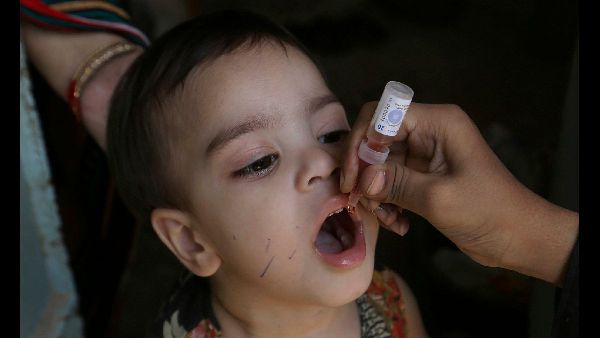


.jpg)
.jpg)


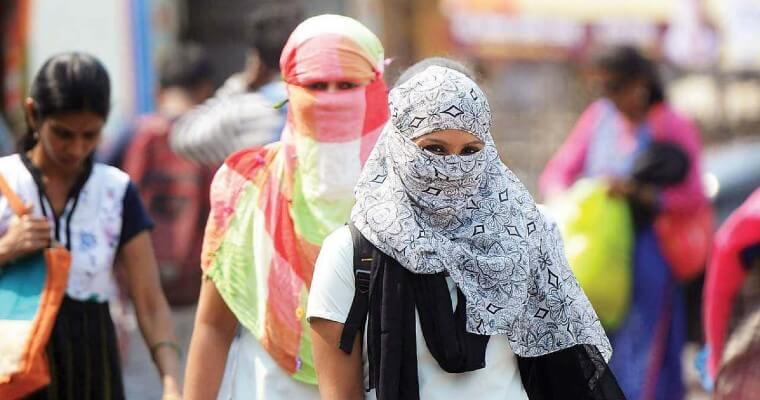

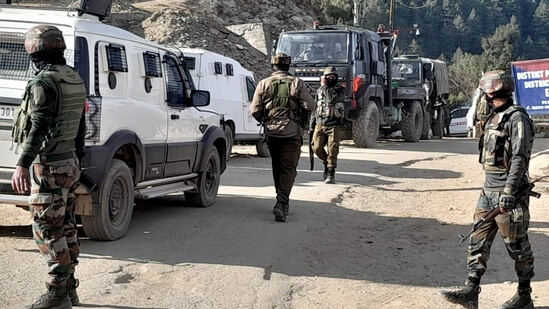
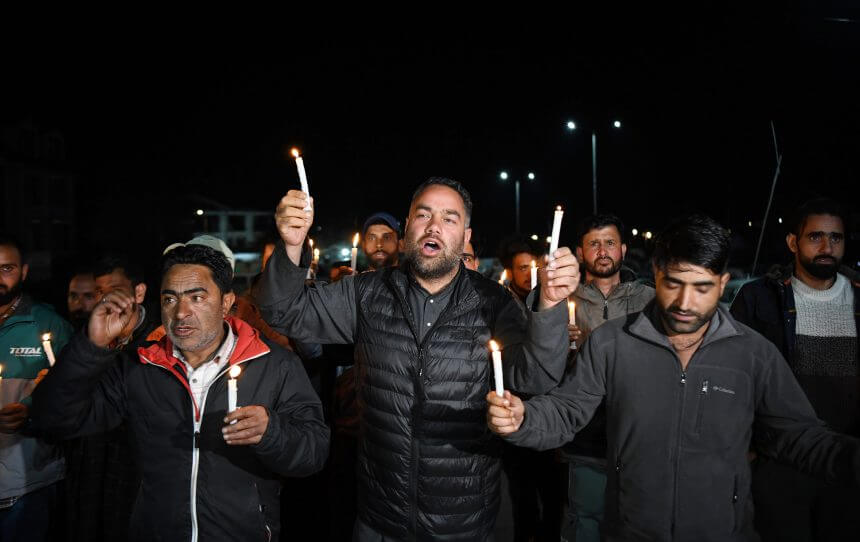
.jpg)
.jpg)
.jpg)
.jpg)
.jpg)
.jpg)

















